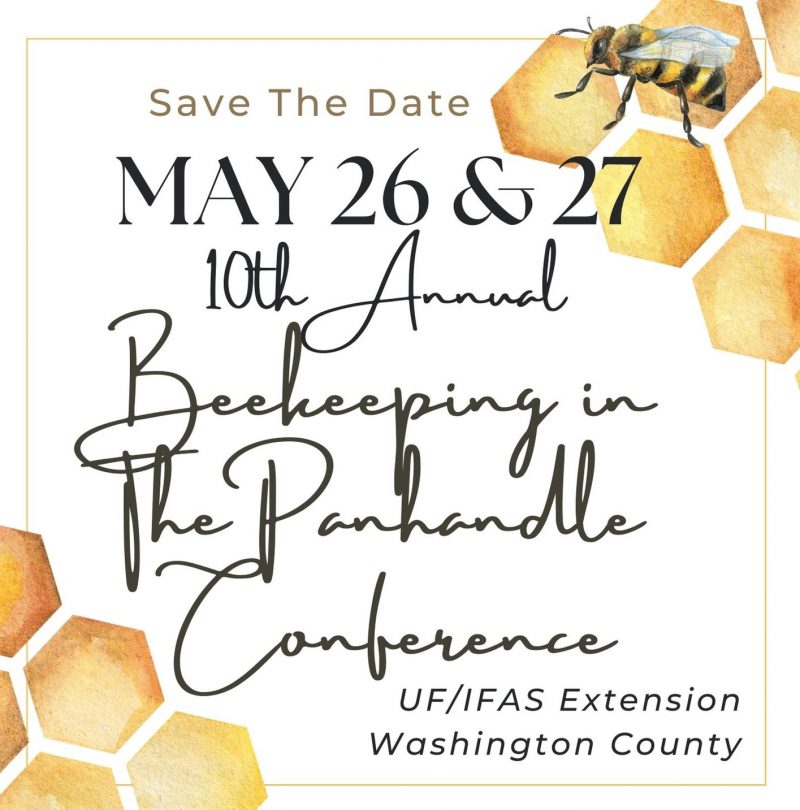With the new year upon us, this is a good time to redirect your attention to closer management of bee colonies. Tupelo season is not far away, and you’ll certainly want your bees healthy for the peak season. Feeding colonies as well as pest and disease management should be at the top of the to-do list this winter.
Colonies can be light with honey this time of year, so be sure to feed. Even well-managed colonies can require supplemental feeding during the winter. Bees can starve during winter months, as there is less nectar or pollen sources available. Bees convert nectar/pollen to honey, which provides much needed carbohydrate or fuel that in turn, produce energy for flight, colony maintenance and other essential activities. So, what is the best product to use for feed? The simplest is stored honey or extracted honey. However, if honey is in short supply or too costly, then corn syrup or sucrose (table sugar) are viable options. Sucrose is the most common type of feed, from either pure granular sugar or sugar mixed in water to produce a sugar syrup. If temperatures are warmer in the winter, sugar syrup is the best choice, whereas if temperatures dip, sugar molded into cakes works well. How much to feed? Bees will only forage on what they need for the colony, so you won’t cause health issues, even if you think you could be overfeeding.
–
When speaking of managing pests, Varroa mites take center stage. Varroa mite species are the most menacing pests to honey bees and can have a negative effect on a colony quickly. By now, populations of Varroa have probably already peaked. However, it is recommended to continue monitoring during the winter months. Test hives if suspicious by using the alcohol wash or a sugar shake test (see article link below for more information). If Varroa mites reach a threshold of 3% (3 mites per 100 bees), then it is recommended to treat with Apiguard, Apistan, Apivar, Hopguard or Mite Away (always follow label instructions).
On the disease front, one specific condition to keep an eye on is Nosema. This condition is typically more significant in Central and South Florida this time of year. Cultural practices, such as providing adequate nutrition for the colony, is often a good deterrent. Worldwide, Nosema is the most significant disease that affects bees. The biology of Nosema can be described as a single celled fungus. The fungus actually lives in the gut of the bee. The use of Fumigillin-B (always follow label instructions) is the best course of action in controlling Nosema. This can be applied to colonies by mixing in with sugar water as feed. Recheck spore count in colonies 2-3 weeks after treatment has been applied.
 Following these tips will help ensure colonies are healthy and productive. Contact your local county extension office for more information. Also, save the date for the Annual Beekeeping in the Panhandle Conference – May 26 & 27. More details as well as the registration link will be available in March.
Following these tips will help ensure colonies are healthy and productive. Contact your local county extension office for more information. Also, save the date for the Annual Beekeeping in the Panhandle Conference – May 26 & 27. More details as well as the registration link will be available in March.
–
Supporting information for this article can be found in the UF/IFAS EDIS Publication, Florida Beekeeping Management Calendar.
- Challenges Using Oxalic Acid Against Summer Varroa Mite Infestations for Panhandle Beekeepers - July 11, 2025
- Managing Pine Stands for Straw Production - January 10, 2025
- Disaster Preparedness for the Ranch - June 21, 2024

